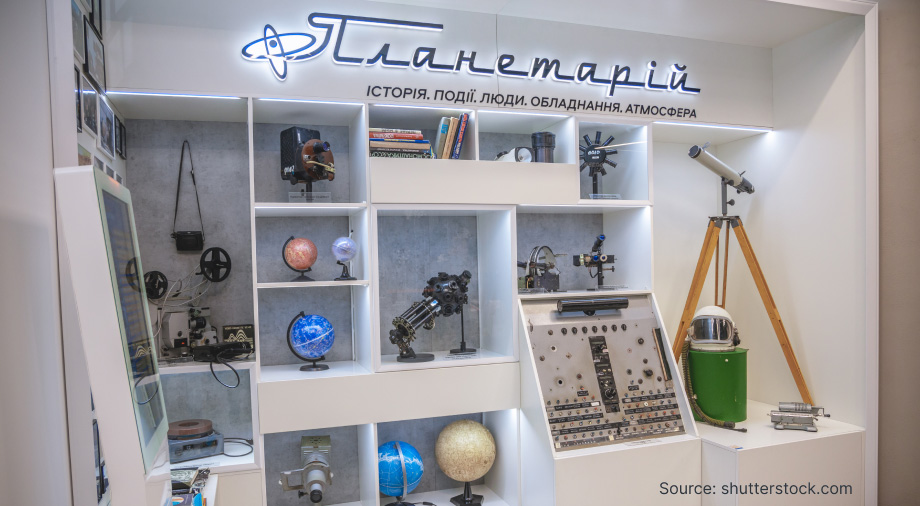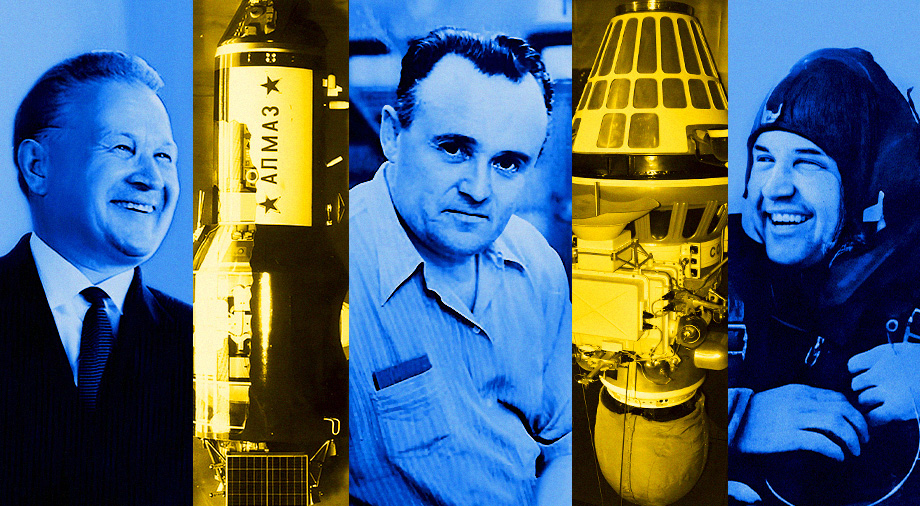In the first part of this series, we told the story of the planetariums in Kyiv, Dnipro, and Kharkiv. Now we continue to introduce you to the astronomical pearls of Ukraine.
Through their educational programs, these planetariums have attracted generations of Ukrainians the field of astronomy. However, due to the current war, some of them have closed their doors or remain under Russian occupation. Despite this, they remain part of Ukraine’s astronomical heritage, and we eagerly await the day when they will be open again for Ukrainians young and old.
Vinnytsia Planetarium
The westernmost of the entries on our list, the Vinnytsia Planetarium began construction in 1960. Five years later, it opened to the public in the Central City Park (Hlibna Street 1).
The first spherical projector in Vinnytsia Planetarium there was the “Mini Zeiss,” installed in 1968. The dome of the planetarium was small at only 8 m in diameter, and the star hall could accommodate only 86 spectators at a time. But despite the facility’s coziness, the city’s residents immediately fell in love.
Since Ukraine’s independence, things at the planetarium have gone on with varying success. After the turn of the millennium, due to a lack of funds, part of the planetarium was even rented out for storage. This continued from 2007 to 2012, when the management of the planetarium finally refused to renew the lease agreement, instead, the funds received over the course of five years were used for a major renovation of the building.
The Vinnytsia Planetarium re-opened in November 2014 in its updated form. The people of Vinnytsia had missed their planetarium, so the flow of visitors steadily increased, which resulted a year later in the installation of a full dome projector capable of displaying 5000 stars in high resolution. Today, the Vinnytsia Planetarium shows many modern scientific films, some of which are broadcast in English and Polish.
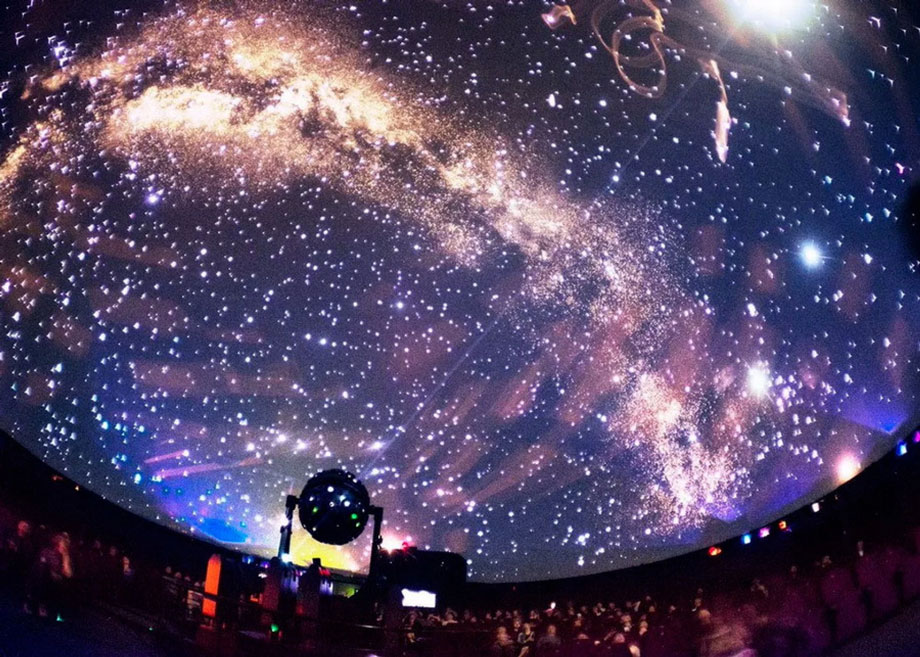
Currently, the Vinnytsia Planetarium is the third-largest one still operating in Ukraine. The calamity of the full-scale Russian invasion united the leadership of the Kharkiv and Vinnytsia Planetariums, who, in cooperation and due to the temporary closure of the former facility, began to hold joint events, without losing faith in Ukraine’s victory very soon.
Kherson planetarium: liberated from occupation
The Kherson Planetarium was opened in 1960. Just as in Kharkiv, it was constructed on the site of the Old-Mykolaiv Synagogue. Originally built in 1780, the building at the time was used as a “building of sanitary culture.”
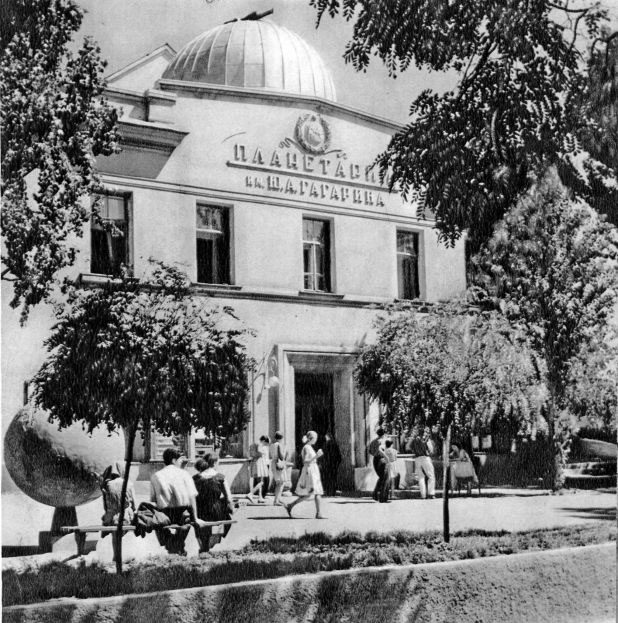
The creation of the Kherson Planetarium in Soviet times was greatly influenced by the astronomical circle led by Olena Kazimyrchak-Polonska, who worked at the Kherson Pedagogical Institute and was known for her astronomical works on the study of the movement of comets.
During Soviet times, the Kherson Planetarium probably had the largest number of staff of all such facilities in Ukraine, employing 62 people at its peak. Most of them were directly related to astronomical science and trained at Pulkovska, Crimean and Terskol observatories.
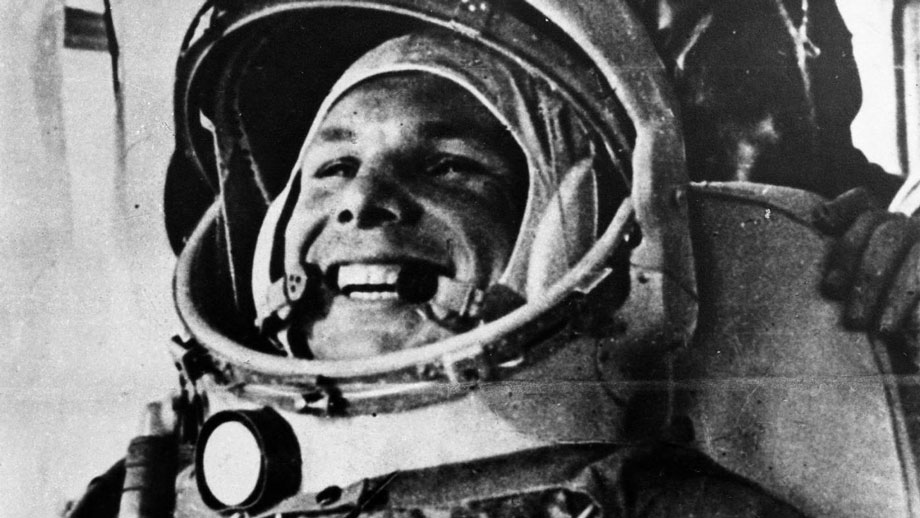
After Ukrainian independence, the Kherson Planetarium deviated somewhat from scientific and educational activities. The lack of funds and the nationwide economic depression led to the planetarium deciding to rent out its premises for public events. Thus, the facility would sometimes host exhibitions, body art festivals, and even the sermons of various “healers” and esotericists. Astrology began to compete with astronomy in its own home.
Of course, these dubious policies had their own benefit, as thanks to the renting the premises and with the help of the city government in the new millennium, the Kherson Planetarium received a new multimedia projector. The management of the planetarium started an educational campaign on television, which resulted in a popular show on local television, called The Language of the Stars, hosted by its staff. An astronomy club was also organized at the institution, and its visitors were given access to a small telescopic tower for observing the stars.
After the outbreak of the full-scale war and the sudden occupation of Kherson, the occupiers began raiding the planetarium. Its employees were presented with “new management” in an ultimatum and informed that the building, all its equipment, and its archives were being transferred to Russian ownership. The decision not to cooperate with the occupiers cost the planetarium workers colossal efforts and courage. On the eve of the institution’s capture, a few of its conscientious employees managed to transport almost its entire collection of scientific films and a number of scientific papers and historical archives related to the institution’s history to safety. However, there were still some exhibits looted.
After the liberation of Kherson in 2022, the management of the planetarium decided not to re-open its doors until the security situation permitted it.
Donetsk Planetarium: occupied, but not forgotten
Opened in 1962 on the initiative of outstanding Ukrainian scientist Dmytro Ogloblina, the Donetsk Planetarium was not much different in its design from those we have already discussed. The same German Mini Zeiss optical-mechanical projector, and with a similar small hall for several dozen visitors, the planetarium at Artema Street, 165 was almost like everyone else in the Soviet Union’s “land of equality.”
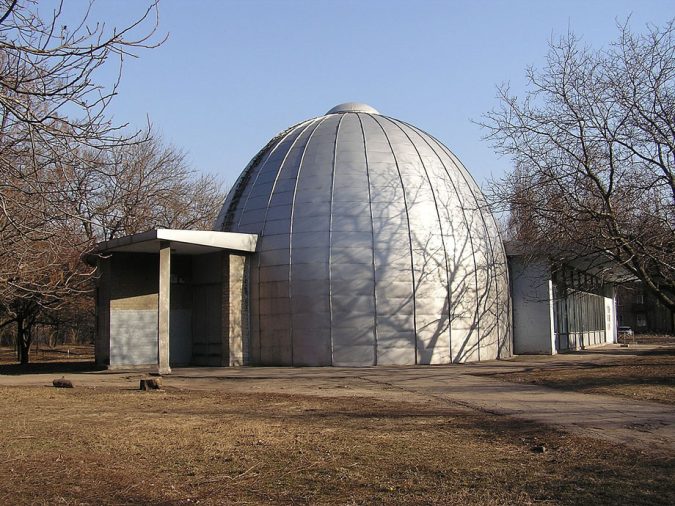
Everything changed in the mid-2000s, when the then management of the planetarium decided to carry out a complete revamp. For these needs, they decided to build a new planetarium building, which is now located at Artema Street, 46B.
On August 30, 2008, the new two-story Donetsk Planetarium opened to visitors. It became the second largest in Ukraine (700 m²). The dome of the star cinema of the planetarium “grew” to 12 m in diameter and can accommodate 88 spectators at the same time.
The Donetsk planetarium was the first in Ukraine to receive a fully digital projection system, which made it possible to watch films in unprecedented image quality and saturation. At that time, only 200 planetariums in the world had such equipment (out of a total of almost 3000). On April 15, 2011, the Donetsk Planetarium was named in honor of Donbas-born cosmonaut Heorhiy Berehovoy.
The occupation of Donetsk in 2014 changed many things in the lives of its citizens and affected the work of the planetarium. The outflow of residents from the city due to hostilities and the catastrophic embezzlement of city funds by the new separatist “helmsmen” predictably led to the institution’s stagnation. Today, the Donetsk Planetarium has completely stopped its regular operation, sometimes giving tours to a few willing people. In 2022, its new building even suffered damage during a December shelling of the city.
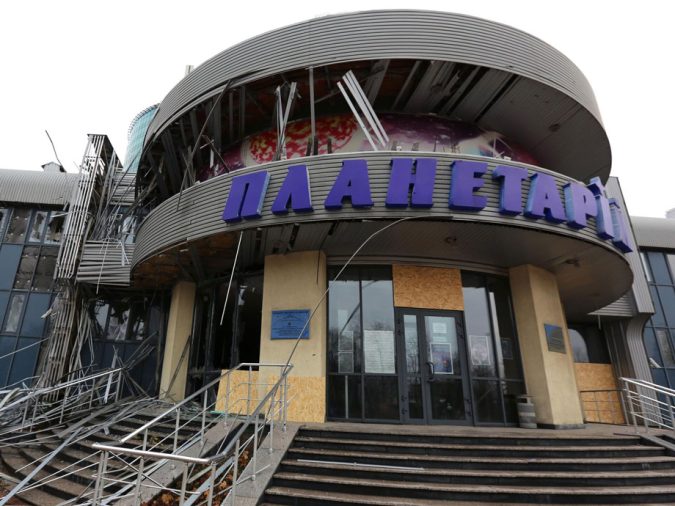
Despite its temporary captivity, we will believe that one day the Donetsk Planetarium will return Ukraine’s ranks and once again will open its doors for the people of Donetsk free from Russian occupation. After all, they deserve it.

